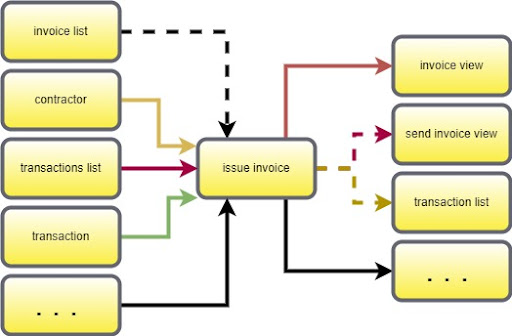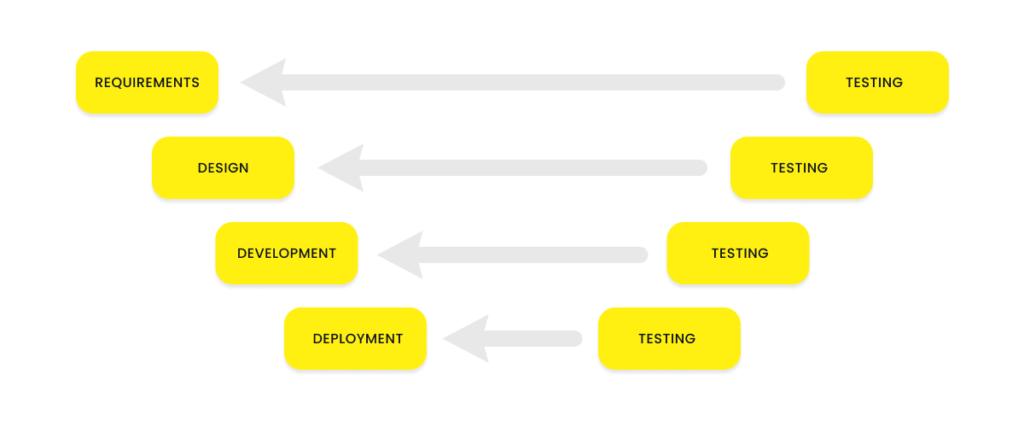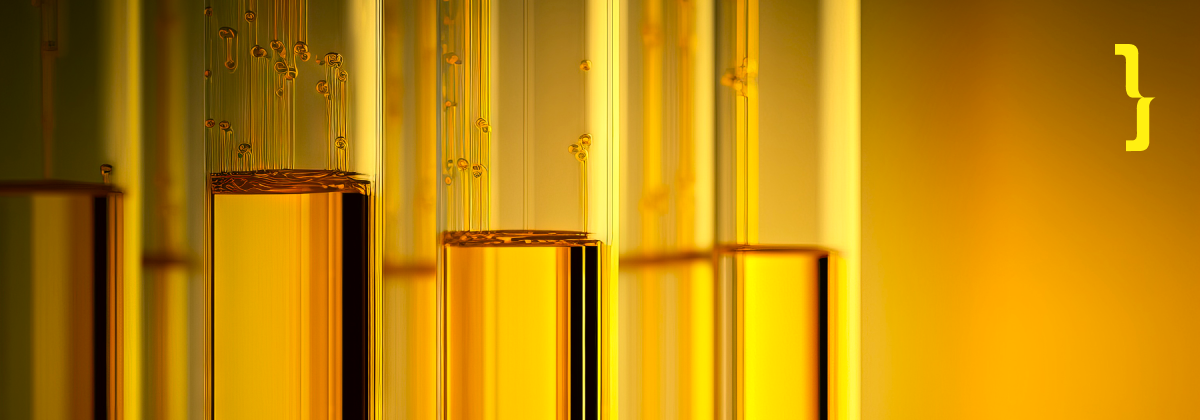Bringing innovation to software testing helps in delivering the highest quality code and developing better digital products. Piotr (QA Engineer) will present the innovations in the area of automated testing that are worth following in 2023.
In recent years, we have observing an increased pace of digital transformation in enterprises. Businesses have started to place more emphasis on digitalization and software development than ever. Such dynamic growth requires maintaining coding at the highest level. Hence, there is a growing demand for innovation in software testing to make software even more efficient.
Test automation in 2023
The numerous benefits of testing automation, such as shortened software development cycles and increased testing capabilities, are key aspects for entrepreneurs. The main goal of automation in QA for business is to accelerate feedback on the quality of applications at every stage.

In 2023 we can expect increasing demand for test automation, particularly supported by AI and ML, as well as codeless automation.
The role of AI and machine learning in automated testing
Artificial Intelligence is currently a very trending buzzword. AI solutions apply to testing as well, where its role is to accelerate repetitive tasks and take the burden off QA engineers.
The origins of Artificial Intelligence in testing
The topic of AI became popular a few years ago when test automation was getting more credit. Companies started to use artificial intelligence in test automation frameworks. I also had the opportunity to try out the possibilities of AI by installing and testing those frameworks. Anyway, I was a bit disappointed since the beginnings of AI did not entail any revolutionary solutions in testing then. Most of the algorithms were based on extremely simple mechanisms which wasn’t particularly useful at work of QA engineers on a daily basis.
How does AI currently facilitate testing?
Over time, advances in AI technology have come so far that we can already see the results. Let’s take a look a the recently growing in popularity chatGPT. When it is used properly, it can significantly reduce the time of some tester activities.
AI can foster QA engineering by:
- accelerating simple and repetitive tasks, e.g. ticket generation in Jira,
- creating test plans and test scenarios according to ready-made patterns,
- the simplification of producing synthetic test data,
- generating traffic in web applications.
The practical application of AI into testing makes lives of for QA engineers easier. Let’s imagine that you need to quickly create a large database needed for testing. On the command „create personal data of people from the Silesian Voivodeship,” AI can generate addresses and postcodes that match a given location. I hope soon it will be possible to go beyond repetitive tasks and take the advantage of AI to foster more complex tasks.
Codeless automation
Another trend is codeless automation testing. This allows people who have no knowledge of programming to automate tests. In practice, it is a bit like building blocks. Finished modules are compiled in the right order to produce automated code. Still, we need to remember that proper automated testing requires human input and critical thinking.

Basing tests entirely on off-the-shelf modules may simply doesn’t work well, especially in terms of the connection between particular building blocks. Instead, I see an opportunity in the fact that bots can write simple pieces of code. This can foster integration between modules reducing the demand for additional coding.
Example:
We can already use AI in simple tasks, e.g. to retrieve data from API responses in json format, which saves lots of time. It’s particularly useful when we want to program a function in a language that retrieves the ID of a selected item. It allows us to instantly get the correct lines of code with a detailed step-by-step description.
Test automation in frameworks based on JavaScript
JavaScript is a popular language used on a daily basis by many IT specialists in various fields, both front- and back-end. Obviously, JS also finds its application in testing. Thanks to the common knowledge of the this programming language, developers and testers can work closely together. Both testers and developers who use JS on a daily basis can participate in testing by writing or adding to parts of the tests. This solution involves the entire team in test automation.
What are the benefits of JS test automation frameworks?
The new frameworks for JS automation that are emerging can greatly benefit from the experience of previous ones based on other technologies. As test automation has been evolving rapidly for more than 10 years, it is possible to use the entire heritage of the field to develop and update better and better frameworks. As a result, we can easily predict what areas are worth automating or the possible problems that may arise.
Shif-left testing: the earlier, the better
Shif-left testing is an approach that involves moving test automation at the earliest stages of software development. As we know the earlier a bug is detected, the cheaper the cost of fixing it.

The cost of fixing a bug increases as the software development proceeds. Shifting testing to the bery first phase of development helps to avoid tis situation.
Test Driven Development in Automation
We can therefore observe the growing popularity of TDD (test-driven development), which allows tests to be carried out before or at the same time as implementation. It is easy to test microservice-based applications before they are actually developed. As more and more applications migrate to microservices, the trend will be for automation to move to the left, and we will be using more of a TDD approach. As a result, automation may shift even further to the left, at the very start of the whole software development process.
Shift-right testing also makes a difference
Shift-right testing that usually takes place at the end of the software development process, generally involves testing small changes. What are the benefits of shift-right testing? When testing is applies right after deployment, practically in production itself, it helps to improve analysing the website traffic. AB testing has great potential for increasing sales and marketing activities. For example, it allows us to check how a change in the font colour of a call-to-action button can affect the reactions of different user groups. Shift-right testing often concerns such minor changes that they can already take place outside the test environment. This usually makes it possible to study user behavior and, as an outcome, create applications that conform to the „user-friendly” benchmark.
Summary
New trends in QA, such as automation, machine learning or AI, contribute significantly to making software testing processes easier and more efficient. Keeping an eye on new developments in testing is a good way for any software house and QA teams to ensure the highest quality code in IT projects.
Visit our blog for more technology-related topics. And if you need any advice from our team of IT specialists, contact us! We can become your trusted partner in developing software from scratch.



